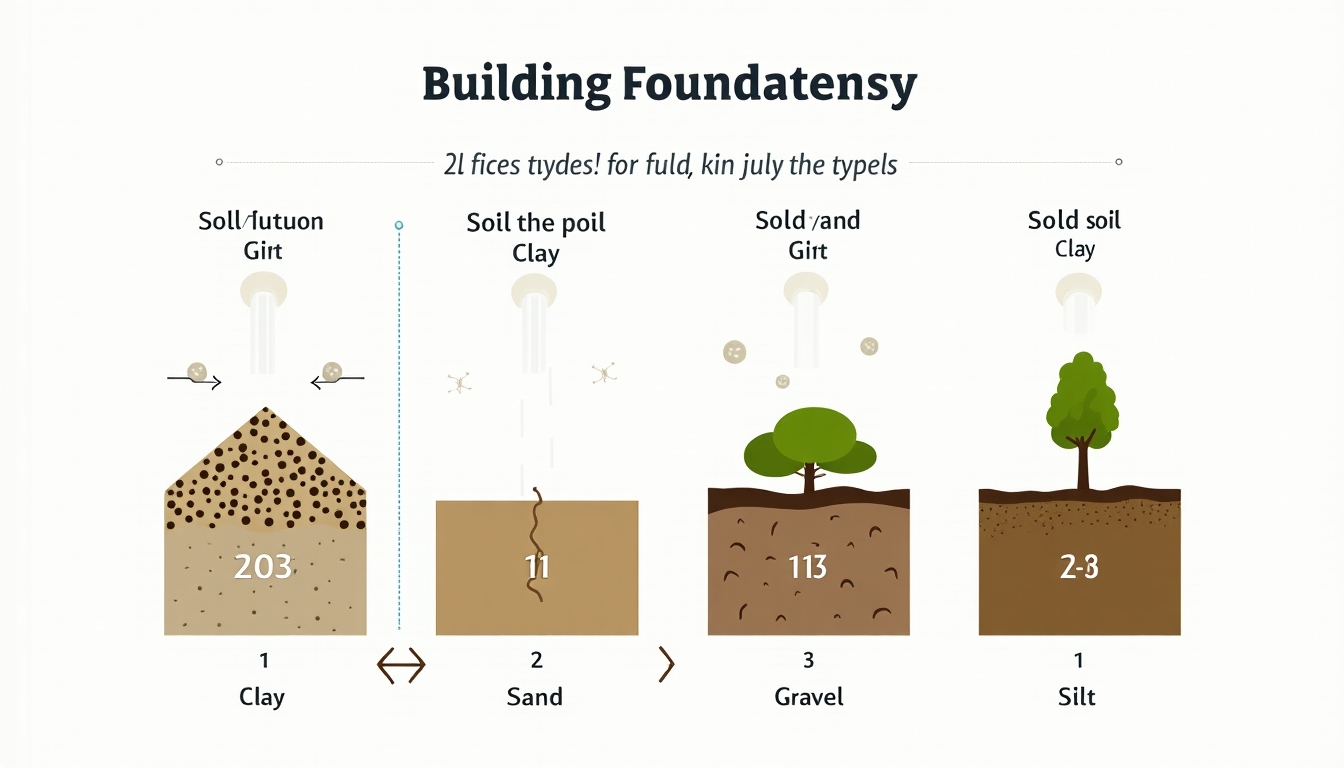Mastering Construction Standards and Codes
Understanding Construction Standards and Codes in 2023
Construction standards and codes are crucial for safe and successful building projects. They ensure integrity, safety, and compliance across the industry. Understanding these standards is essential for architects, engineers, and builders alike.
The Importance of Construction Standards and Codes
Construction standards and codes serve as a universal language for the building industry. They set boundaries, provide guidelines, and ensure safety across all construction operations. Meeting these codes not only guarantees structural integrity but also defends against legal implications associated with non-compliance. For starters, codes provide a baseline for footing calculation, essential for foundational stability.
In the early stages of my career, I underestimated the complexity of the codes. However, after witnessing a project delay due to a non-compliant design, I realized the importance of thorough understanding. This insight prompted a deeper dive into the realm of construction standards.

Breaking Down Codes: From Footing Calculation to Roof Structures
One of the fundamental aspects of any construction project is footing calculation. This process defines how a building's weight is distributed safely into the ground, ensuring stability and durability. Here’s how you can think about it:
- Identify Soil Type: Start by assessing the soil type in your area.
- Calculate Load Due to Structure: Calculate the total weight including wind and seismic loads.
- Determine Foundation Size: Choose a foundation size adequate to spread stresses evenly.
Understanding the nuances of these calculations saves time and reduces errors in the long run.

Modern Code Adjustments and Innovations
The construction field is ever-evolving, with codes regularly updated to incorporate new technologies and materials. Technical advancements in areas such as seismic dampening and eco-friendly materials are reflected in modern standards.
Speaking from experience, adapting to these changes is less daunting with a proactive learning approach. Keep a close eye on updates from leading industry bodies such as the International Code Council (ICC) to stay ahead.
Real-World Applications and Challenges
Let’s discuss some real-world challenges faced when applying these standards. A common issue is balancing cost with compliance. Cutting corners can lead to non-compliance, resulting in costly future repairs and legal penalties. Here's how you can align practical applications with code adherence:
- Engage with Experts Early: Form teams with engineers and compliance officers at the concept stage.
- Continual Education: Stay informed about the latest updates in standards and codes.
- Regular Audits: Conduct periodic inspections to ensure ongoing compliance.

Why Regular Audits Matter
Regular audits can help identify non-compliance areas before they escalate into significant concerns. They also assist in verifying that the materials used are up to the current standards, which is crucial in maintaining the structure's longevity and safety.
Conclusion
Navigating the world of construction standards and codes is challenging but rewarding. By harnessing a thorough understanding and continually seeking information, you can ensure your projects are both safe and compliant, leading to smoother operations and safer buildings.





